Andy Lacher
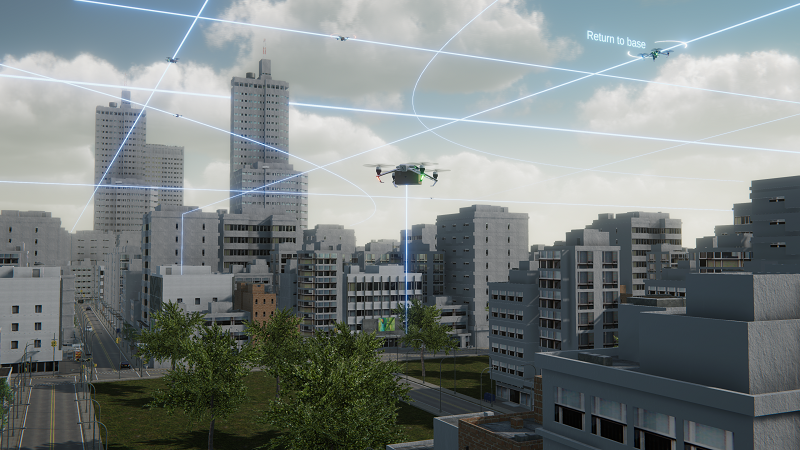
NASA’s chief technologist for future airspace ops tells Peter Donaldson why uncrewed aircraft will always need human beings
Integrating uncrewed vehicles into controlled airspace that has evolved to handle aircraft carrying human pilots is a long and slow process. As chief technologist for future airspace operations at NASA’s Langley Research Center in Virginia, USA, Andrew (Andy) R. Lacher is charged with thinking about this goal, and how to reach it in a manner that identifies and exploits synergies with other efforts throughout NASA and the industry.
He describes today’s airspace operations as very human-centric and heavily reliant on voice communication. While there is some data comms for time-critical aspects of operations, such as when an aircraft is being vectored in a terminal area by a controller, it’s all voice, he notes.
“When I think about uncrewed aircraft that are highly automated and increasingly autonomous, they really don’t fit well with human-centric airspace operations, and as their numbers increase, the procedures we have are not likely to scale,” he says. “And, whether it’s UAS with a remote pilot responsible for a single flight or a remote pilot responsible for multiple flights at the same time, some of the same challenges will exist.”
Lacher is wary of the term ‘autonomous’ in relation to UAS and prefers to refer to them as ‘increasingly autonomous’. “I don’t believe the flights will ever be fully autonomous, because they will always be under the guidance and management of humans on the ground.”
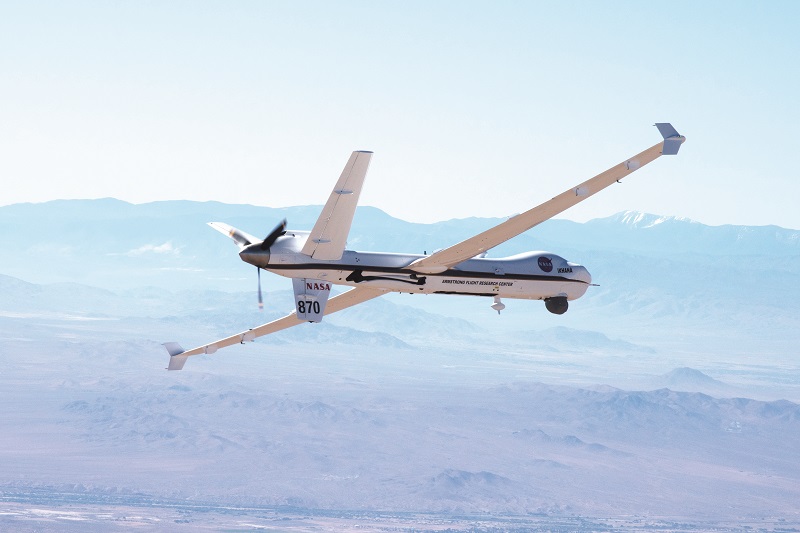
Seeking coexistence
“My vision of the future is that we will have a mechanism that will allow our automated systems to operate in most of the airspace without requiring very human-centric procedures. Any time we have to translate highly automated systems to a human process is where we run into challenges and difficulties, so we need to find a way to allow them to coexist in the same airspace,” he says. “It may take 20 or 30 years, but we will get there.”
Lacher describes himself as a systems engineer and his role at NASA as that of an individual technical contributor, where he draws on his experience in industry to help with numerous projects at Langley under the NASA Aeronautics Research Mission Directorate.
“That I’m contributing to multiple projects means that I can see linkages among the research we are doing in different places, and I can draw insights from those linkages and make connections,” he says. “And, through those insights, I can think strategically, and offer that thinking to the project and programme leaders, and to the management at the Langley Research Center.”
This makes the job essentially one of thought leadership.
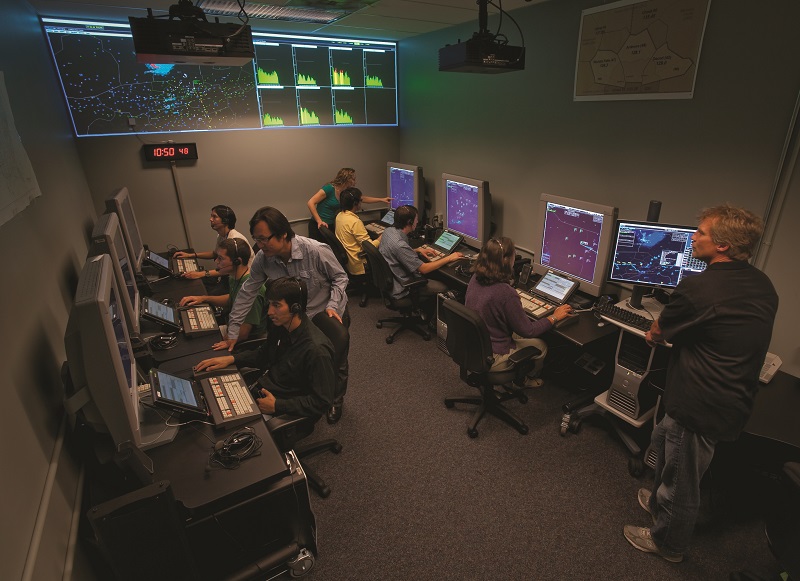
Finding linkages
One of the links that Lacher has made is between a programme for digitally enabled cooperative operations and one for multiple vehicle flight control.
The first is centred on defining and developing a new operating mode for highly automated UAS that dovetails with established operating modes for manned aircraft, the most prevalent of which are visual flight rules (VFR) and instrument flight rules (IFR).
The second is focused on operations in which multiple vehicles are controlled by a single pilot, which has become known as m:N (‘m to N’). Here, Lacher is facilitating the development of an industry whitepaper on what airspace operations might look like to enable them.
The link between m:N and digitally enabled cooperative operations is that both teams are considering a VFR-equivalent capability.
“The idea is to use technology to give the operator the same flexibility that a VFR operator has today, and where we have crewed VFR operations we can also have this VFR equivalent for UAS,” Lacher says.
Although he joined NASA only three years ago, Lacher has worked in industry on the introduction of uncrewed aircraft into civil airspace for more than two decades. Despite considerable progress, the principal barriers remain in the same four areas of detect and avoid, command and control links, airworthiness, and air traffic management (ATM) integration.
“We have to figure out a way to allow an aircraft that doesn’t have a pilot on board to be aware of other aircraft around them, so they can remain safely separated,” he says.
“We all know that command and control links are not perfect: the radio spectrum can have interference, there could be a physical or electronic blockage between the antenna and the transceiver such that the link could be interrupted, and there could be latencies and other challenges.
“With airworthiness, we have to be able to demonstrate that we can rely on software to do things that are critical to the safety of life. That software is complex, and we’re making it more and more complex,” he adds. “So demonstrating its airworthiness becomes harder and harder.”
A question of scale
Moving on to ATM, Lacher acknowledges that it is flexible enough to accommodate UAS operations today, but he cautions that being able to do this is different from doing it at scale.
“A controller can handle one or even two uncrewed aircraft in their sector, but if they have several of them and some of the communications latencies and other challenges with an uncrewed aircraft present themselves, it can become difficult. And then, as you go to an m:N operation, it is really hard for a single pilot to have a conversation with multiple controllers at the same time.
“And so, we’re going to have to figure out a way to have m:N operations without routine pilot-to-controller voice communication. We have a lot of challenges ahead of us to make that happen.”
The experimental m:N UAS operations running today are mainly in the US Federal Aviation Administration’s (FAA) key site around Dallas, Texas, in special airspace, where they don’t have to interact with air traffic control routinely, he notes.
The NASA m:N working group brings the UAS community together to discuss technical and operational issues in depth, and the whitepaper is intended as a means of sharing their discussions more widely. Lacher emphasises, however, that the group is not making recommendations for rules or acting as an advisory body, although he anticipates influencing the way standard organisations proceed.
The working group is trying to figure out how m:N operations can interact with air traffic control in the future, and Lacher believes human factors are significant here. When a pilot receives an instruction, they don’t just blindly execute it, but evaluate whether they can safely do so, based on their situational knowledge.
“It is not a matter of just translating speech to text and then turning that text into a command to be executed by the FMS on the uncrewed aircraft,” says Lacher. “It’s about being able to ensure the safety of flight, and that technology would be significant to invent. So what we have today is a human being listening to these instructions, having the situational awareness to know whether they can be followed, and then issuing commands to the uncrewed aircraft.”
Situational awareness
For a pilot in an m:N operation to maintain situational awareness for each flight while monitoring multiple communication frequencies is a challenge of a different nature to that faced by an air traffic controller overseeing 15 or more flights in their sector.
Lacher argues that an air traffic controller is really managing one thing – a chunk of airspace – even though they have to keep track of many moving parts within it. This doesn’t mean that a pilot managing aircraft in multiple different airspaces could have enough situational awareness for each one to be able to execute instructions safely, all while talking with ATC.
Management of multiple UAS by one person clearly needs technological help, possibly in the form of artificial intelligence (AI), although Lacher doesn’t regard AI as a panacea or even as an entity in its own right.
“I like to talk about AI as a technology, and about AI-enabled systems,” he explains. “You can build m:N systems without AI, but there are some solutions in which AI makes the most sense for efficient implementation.”
Assessing AI
One such application that Lacher suggests is runway identification.
“AI-enabled machine vision might be required to ensure the aircraft lands appropriately on the runway. It may be a way to augment precision navigation capabilities for landing, as an example, but I don’t see AI as the only way we’re going to get m:N.”
He notes that most of the AI systems intended for use in this area rely on probabilistic algorithms, which means they will not always be perfect. “You have to design your AI such that it not only performs the intended function but is unlikely – within an acceptable level of risk – to have unintended behaviours. And that’s the key.”
One established way of achieving this with safety-critical software is by using runtime assurance, which constantly monitors the behaviour of the system to keep it within appropriate bounds.
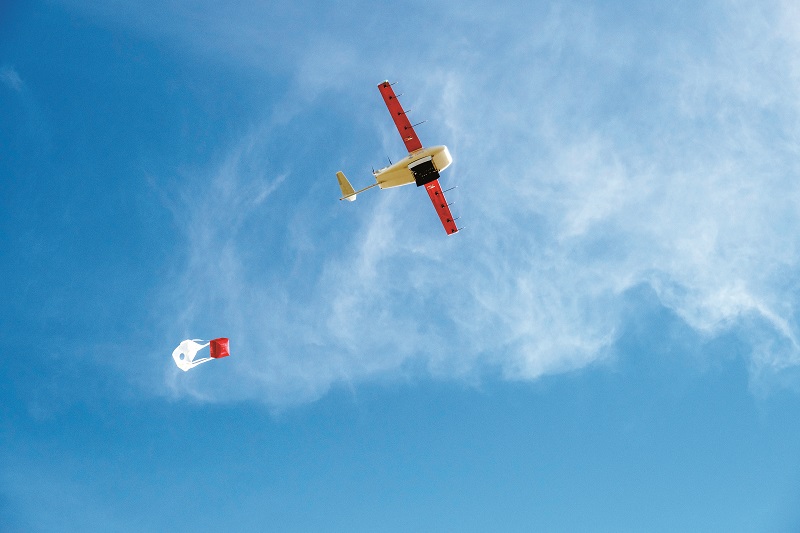
Emergent autonomy
However, AI is not required for complex behaviour or autonomy. Lacher recalls writing a paper with a couple of industry colleagues on emergent autonomy, so called because it described a situation in which a group of deterministic systems interacted in a complex manner such that the behaviour that emerged, while safe, could not be predetermined.
As a case study, the paper took Zipline’s UAS-based parcel-delivery service with m:N control. “The aircraft would self-organise when coming in to land. No one was telling them what to do, but they created a traffic pattern. There was no AI in that,” he says.
“They were all very deterministic capabilities. To a human being watching it looked like autonomy because it was so complex.”
Asked what he expects of AI in UAS integration in the foreseeable future, Lacher believes the pace of technological change is likely to accelerate, but he notes the aviation industry’s inherent caution.
“Aviation culture is one of determining that something is safe, and safety is a system property. It’s not a property of the technology itself. If you have an AI-enabled system, you have to determine that the whole system is safe, so I think AI is going to emerge more and more as part of systems but in limited implementations.
“The first place we are likely to see it is in machine vision used to augment the navigation capabilities of aircraft. We are seeing this in GPS-denied environments in conflicts like Ukraine today and, unfortunately, the systems are hitting their targets in a warzone. The technology is maybe not ready for a safety-critical application, but it is being used, and it’s a very low-cost technology.”
As to his remaining ambitions, Lacher wants to continue contributing to important changes in aviation, having been involved in the FAA’s NextGen modernisation of the National Airspace System with collaborative decision-making, in which the organisation and airlines shared information to improve air traffic flow, and in the development of the Small UAS Rule while at Mitre.
“I hope to be part of another major operational change,” he says. “This notion of a digitally-enabled, cooperative operating mode is perhaps that paradigm. And maybe I’ll be part of that or other mechanisms to change the future.”
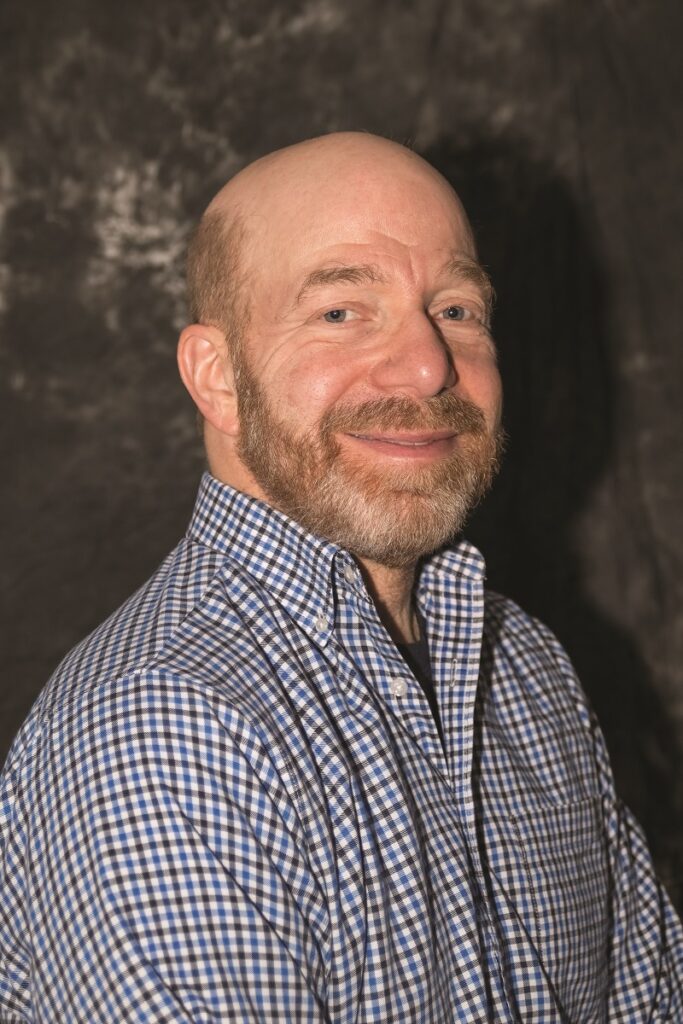
Andrew R. Lacher
Born in 1964 in New York City, USA, Andy Lacher moved as a small child with his parents to Long Island, growing up in the small town of Valley Stream. This location triggered his interest in aviation as it was under the flight path to JFK Airport.
Lacher recalls sitting on the roof of his house with a friend from next door, wielding binoculars and a radio receiver, and listening to pilots and air traffic controllers, and watching the aircraft. “He wanted to be a pilot and I wanted to build airplanes – well, I’m close.”
He credits the Valley Stream public schools with giving him a great education, and instilling his enthusiasm for mathematics, science and history, particularly that of the American Civil War.
The story of Swedish engineer John Ericsson, who designed the first ironclad warship with a revolving turret, USS Monitor, reinforced his interest in engineering. He also got into photographing wildlife, particularly birds; a hobby he still pursues.
Bachelor’s and master’s degrees from George Washington University followed, in electrical engineering and systems engineering, respectively, the latter while working full-time.
Lacher began his career at Mitre Corporation in 1987, working on problems such as information sharing in civil aviation. He left in 2001, for jobs with Orbcomm and Intelix, before rejoining Mitre in 2001, where he spent the next 18 years leading roles in UAS and autonomy integration. Roles with Noblis and then Boeing followed, before he joined NASA in October 2021.
Lacher has also served on UAS-related panels and committees for organisations such as the FAA and the National Research Council.
UPCOMING EVENTS























